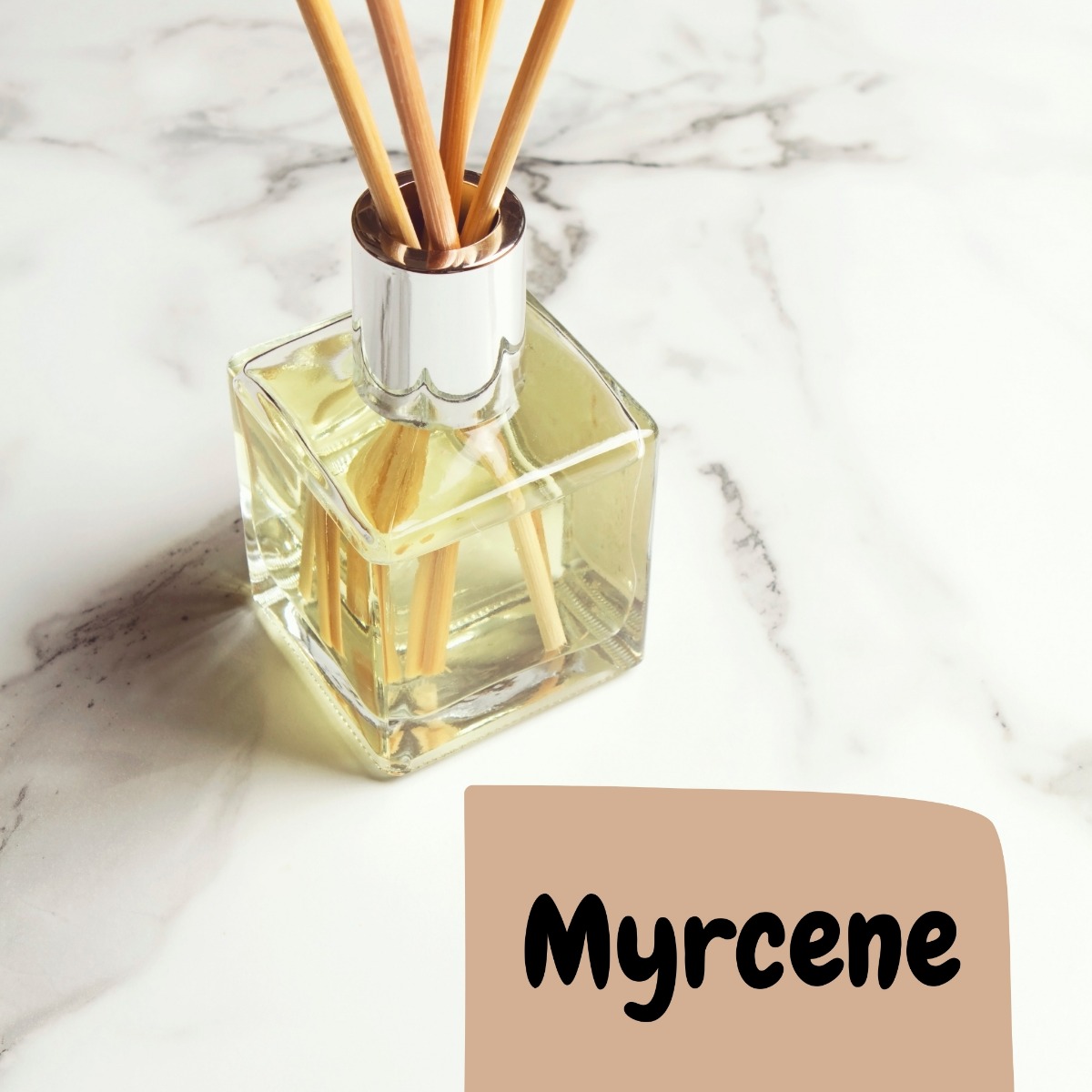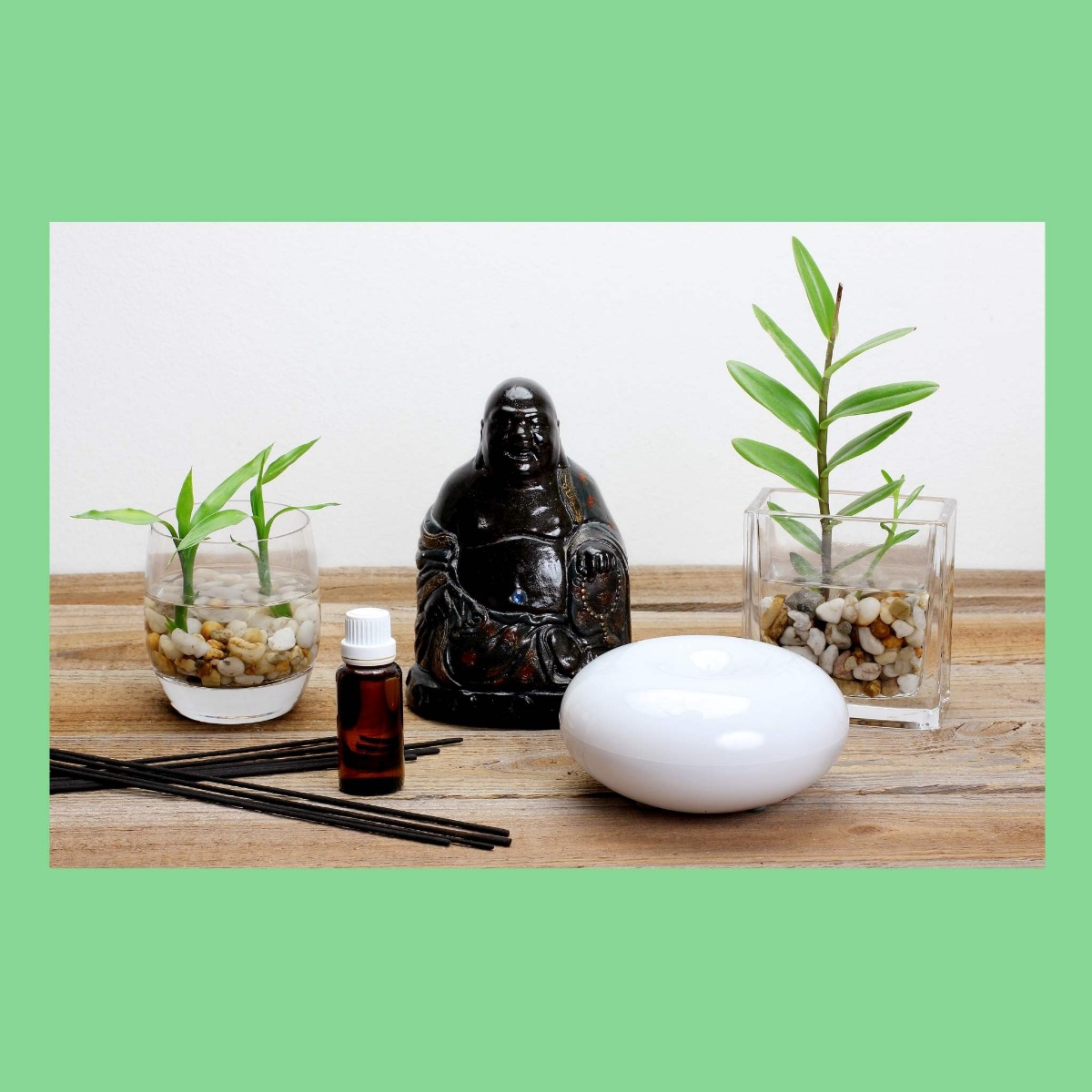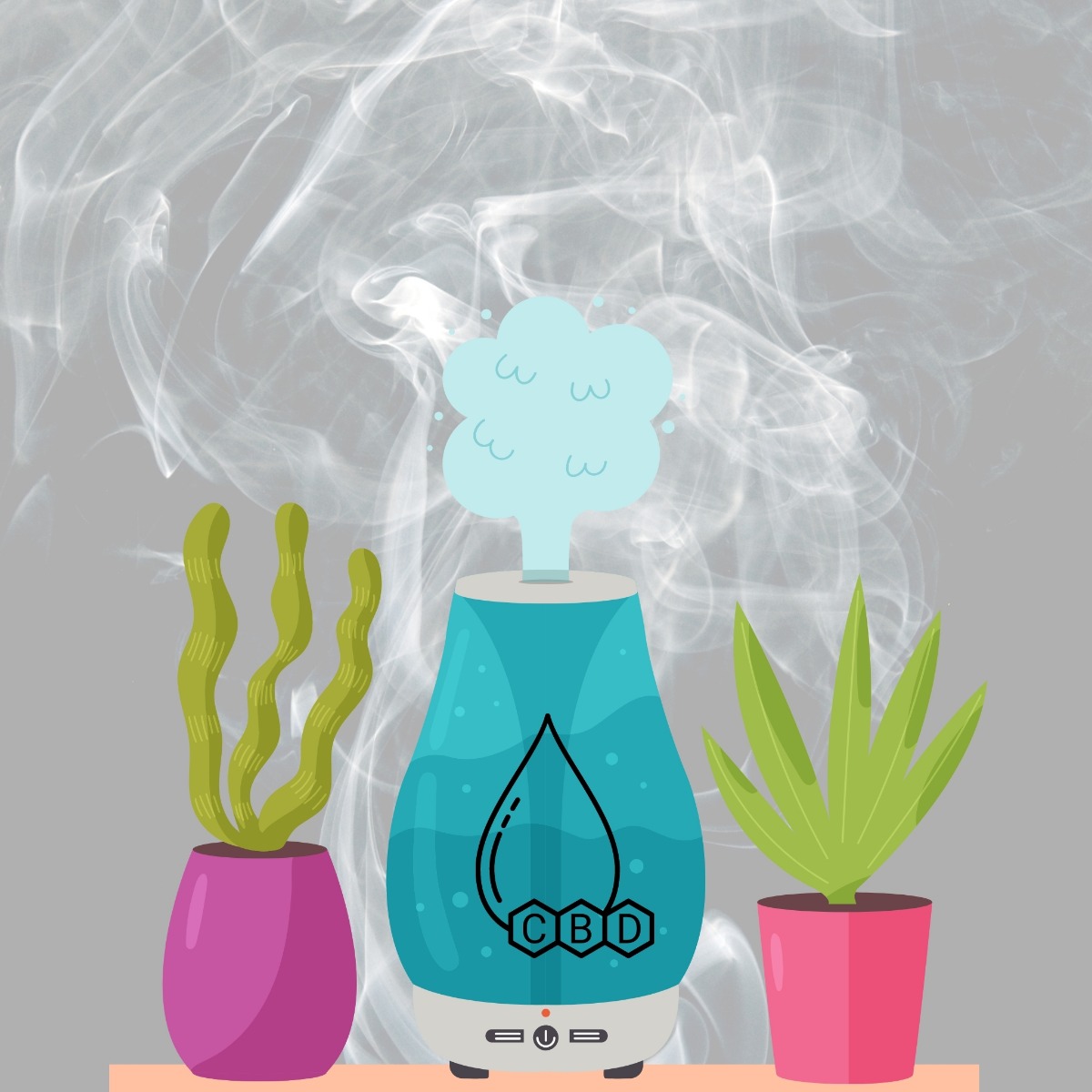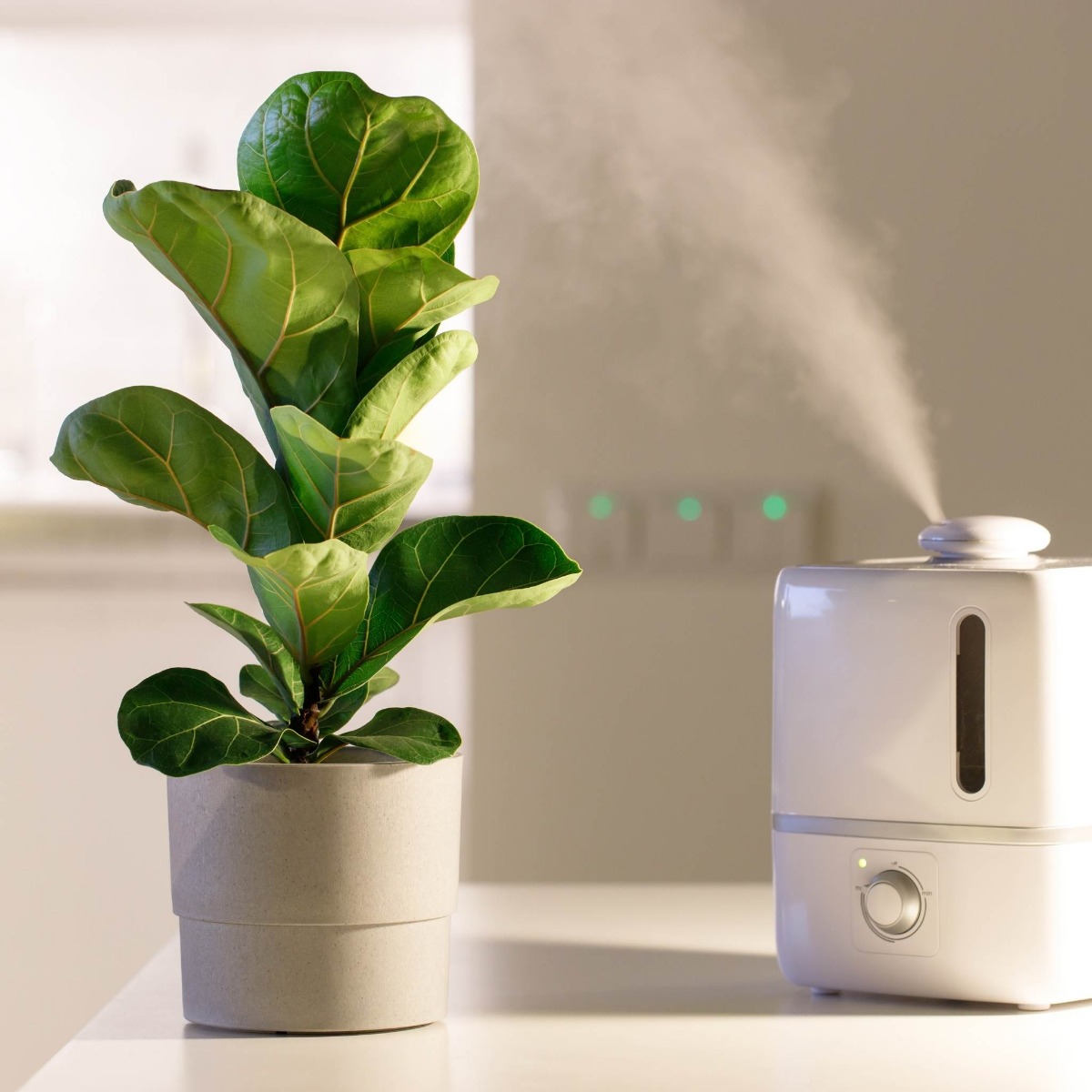Types of Terpenes and What they are Used For
If you have never heard of terpenes before we do not blame you. However, they are becoming essential when discussing modern dry herb strains and the differences between them. Terpenes are found in more than just hemp plants but they are the first thing you will smell when you get a whiff of dry herb.
Terpenes are some of the most defining features of dry herb, but often the least talked about. Although cannabinoids are more popular to discuss when it comes to hemp, terpenes are beginning to take over the conversation in regard to describing strains and effects. But what exactly is a terpene? And how many different kinds of terpenes are there? And what do terpenes do? While a lot of these answers are still being looked into by scientists, there are a few things we know already about terpenes. Read on to learn about some of the most common ones.

What Are Terpenes?
Terpenes are kind of like scented oils that you add to an oil diffuser. They smell great and can have different effects depending on the scent they emit. Plants create terpenes to do more than smell good though, they also repel predators and lure pollinators in the wild. The terpenes developed in a plant are influenced by a variety of factors, including climate, weather, fertilizers, and soil. They are also found naturally in a variety of plants, including hemp plants. Knowing the different types of terpenes can help increase your appreciation for different hemp strains too. While there are over 100 different types of terpenes, there are a few prominent ones that scientists are beginning to associate with certain strains of hemp and potentially beneficial effects.
Myrcene
The first common terpene found in hemp is Myrcene. This terpene has the musky smell of cardamom and cloves. It can also come off as earthy or herbal depending on your nose. This terpene is not only found in hemp plants, but also mango, lemongrass, thyme, and hops. Users have found dry herb with myrcene in it to be sedating and relaxing, which is why it can be great for relieving the symptoms of insomnia, pain, and inflammation. Myrcene is particularly present in CBD-heavy strains of hemp and therefore gives CBD the reputation of being a sedative.

Limonene
Limonene is a terpene that can be quickly identified because of its sharp and recognizable scent. It smells overwhelmingly like citrus and is also found in fruit rinds, rosemary, juniper, and peppermint. It is often associated with an elevated mood and providing stress relief. For that reason, many people have found it helpful with managing the symptoms of anxiety, depression, inflammation, and chronic pain.
Caryophyllene
Caryophyllene is the spiciest of the common terpenes. It smells like pepper, spice, cloves, and wood and is also found naturally in black pepper, cloves, and cinnamon. This terpene is believed to provide stress relief, despite its spicy scent. Users have found it helpful with managing pain, anxiety, depression, and ulcers as well.

Terpinolene
Terpinolene is an uplifting terpene, with a floral or herbal scent. It can also carry a hint of pine and is often found naturally in nutmeg, tea tree, conifers, apples, cumin, and lilacs too. Scientists have found this terpene to have antioxidant, antibacterial, anti-fungal, and anti-cancer properties as well.
Pinene
Pinene is another easily identified terpene, with its strong scent of pine. This terpene is also commonly found in pine needles rosemary, basil, parsley, and dill. It is believed to potentially treat asthma, pain, inflammation, ulcers, anxiety, and cancer. Users have also experienced a sense of being alert and having a better memory after taking pinene.

Humulene
Humulene is probably very familiar for people who drink IPA beer. That is because this terpene is also found in hops and has a strong hoppy smell about it too. It can come off as woody or earthy to certain noses though. Outside of hops, it is also found naturally in coriander, cloves, and basil. This terpene is mainly associated with being an anti-inflammatory over anything else.
Ocimene
Ocimene is a terpene with a bit of a sweet side. It is found naturally in mint, parsley, pepper, basil, mangoes, orchids, and kumquats as well as hemp. It can also smell herbal or woody depending on the plant. This terpene can potentially act as an antiviral, ant-fungal, antiseptic, decongestant, and antibacterial.

Linalool
Linalool is a naturally relaxing terpene. It is very identifiable as well because it is commonly found in lavender and has a floral scent to match. It can potentially boost your mood and provide slightly sedating effects and relaxation. That is why it is often used to treat anxiety, depression, insomnia, inflammation, and neurodegenerative disease.
Terpenes are one of the many parts of the hemp plant and what makes it potentially beneficial for users. There is still a lot to be learned about the more than one hundred different types of terpenes already identified. However, terpenes are becoming more common to associate these common terpenes with different hemp strains. Comparing terpenes to different strains of dry herb is almost like making note of the different flavors in a wine. Terpenes help describe dry herb and its wide range of effects even better.

Related Blog Posts
Top Ten Best CBD Drinks and CockTails To Know
What is the Point of CBD Chapstick and the Benefits
Do CBD Tinctures Help You Sleep or Not
Blog Categories
- Home
- Industry News
- Vaporizer Reviews
- Dry Herb Vape Tutorials & FAQ
- Wax Pen Vape Tutorials & FAQ
- Oil Vape Pen Tutorials & FAQ
- Vaping Guides & Information
- Dabbing FAQ & Guides
- Smoking Pipe Tutorials
- NY Vape Shop Listicles
- Vape Pen Comparisons
- Vape Shop How To Articles
- Vape Shop Buyers Guide
- Vape Pen Basics
- Herb Grinder Reviews
- Dry Herb Vaporizer Reviews
- Oil Vape Pen Reviews
- Wax Pen Reviews
- Box Mod Vape Reviews